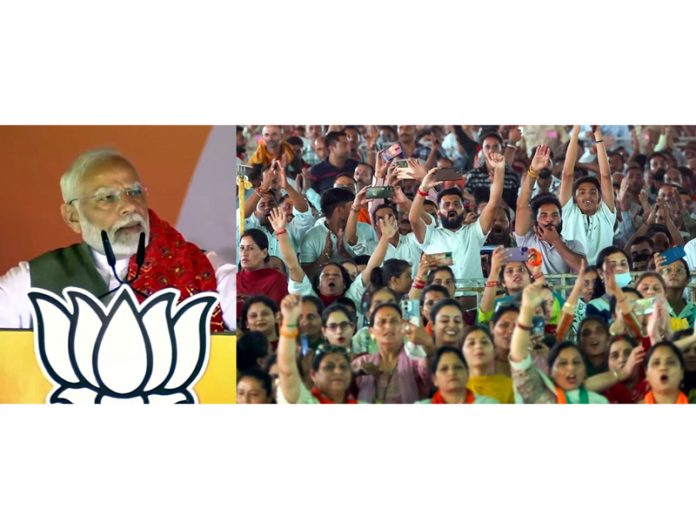
At a preschool or elementary school, a sandbox is a space where anyone can wander by and immediately start digging around, see what’s beneath the surface, maybe use shovels and pails to make whatever sorts of shapes come to mind. That is the sort of spirit behind the Goeddel Family Technology Sandbox , a new, multi-million-dollar research center designed for digging deep into the molecular mechanisms of life, which was dedicated Thursday at UC San Diego. Built with a $7.
5 million donation from legendary UCSD alumnus David Goeddel and his wife, Alena, and backed by a 10-year partnership with Thermo Fisher Scientific, the collaborative hub occupies a ground-floor space in Bonner Hall, a research building in the university’s Revelle College. Situated on Ridge Walk, the north-south promenade that connects most of UCSD’s residential colleges, the new space is meant to encourage interdisciplinary exploration. It includes a latest-generation mass spectrometry lab, a cryo-electron microscope, a high-end tissue culture lab, a digital microscope lab and space to experiment with gene-editing advances made possible with the advent of CRISPR, technology that allows selective modification of DNA.

“Anyone from any lab at UCSD or elsewhere can bring their samples here and innovate with us and benefit from all of these technologies,” said UCSD developmental biologist Uri Manor. Thermo Fisher’s Krios transmission electron microscope, Manor added, has been an early favorite, already booked round the clock by scientists seeking atomic-level images of proteins and other complex molecules that determine how cells function. The instrument, which occupies an entire room of the center, uses liquid nitrogen to freeze samples very quickly, avoiding the formation of ice crystals and causing them to remain virtually motionless under examination with electron beams.
While the applications of this technology are broad, closer examination of tissue samples is an example of its promise. “If you want to know the atomic structure of a protein, usually you would figure out a way to rip it out of the cell and put it on a grid, but what we really want to see is how these proteins look in their native environment, inside the tissue, ideally, and, for example, in different conditions, with or without toxins or with or without a mutation,” Manor said. “That’s really hard to do, but we’re developing that technology here.
” It is easy to see why molecular biologist David Goeddel — the Genentech scientist who first created synthetic human insulin, human growth hormone and human tissue plasminogen activator — would be interested in making such a charitable investment on the campus where he earned a bachelor’s degree in chemistry. “I’m excited about the potential of the Technology Sandbox to further boost the prominence of UC San Diego as a hub for biological sciences,” Goeddel said in a university statement. His gift also establishes a postdoctoral scholar fellowship program, supporting those who have already earned their Ph.
D.s in learning how to use the tools in the sandbox. But undergraduates are also part of the larger plan to keep the center busy.
While much of the instrument time will be consumed by labs with grants doing novel research, Manor said he is launching a seminar for undergraduates this fall that will expose those still in the early stages of their educational journeys to the latest methods. Here, the sandbox metaphor breaks down a bit. Sandboxes allow anyone to wander in from any direction and get to digging around.
Such an approach would not be wise with such delicate and precision equipment. “In a real sandbox, if you have a plastic pail and you want to pack some sand into it, there is very little risk involved,” he said. “But if it’s a $10 million microscope, you’re going to need to be trained properly.
” Still, he said, summer internships and seminars will provide that training. “Thermo Fisher and Nikon (Instruments) and others are excited to partner with us and the students because they recognize that this is a way to train the next-generation workforce,” Manor said. Jeffrey Lengyel, director of product marketing for Thermo Fisher, said that UCSD’s proximity to one of the multinational company’s large research campuses in Carlsbad influenced the decision to support the sandbox at UCSD.
And so did the university’s willingness to put the center right in the middle of the part of campus that is frequented by students. “You don’t usually see these different types of equipment next to each other, and we believe this can drive new science,” Lengyel said. “Oftentimes in universities, you have these sort of isolated groups that work independently, but here we want collaboration.
”.










